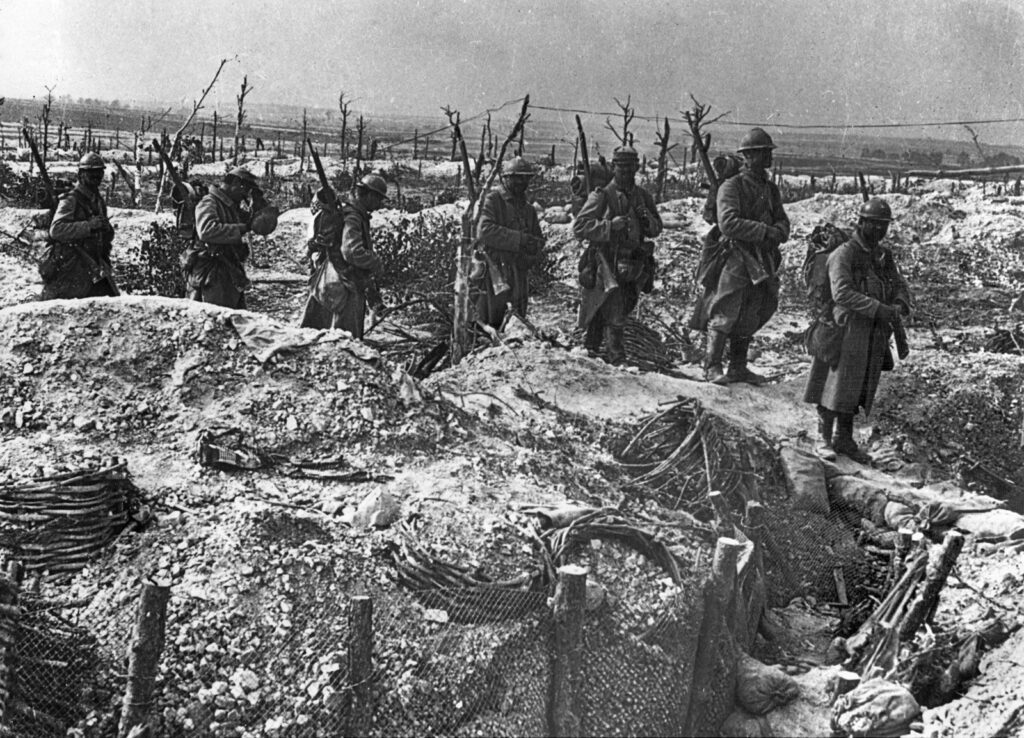World War I, also known as the Great War, was a devastating conflict that reshaped the world. This article delves into some of the key battles of World War I, such as the Battle of the Marne, Verdun, the Somme, Passchendaele, and Amiens. These battles were marked by incredible bloodshed, sacrifices, and strategic importance, ultimately playing a crucial role in shaping the outcome of the war. They continue to be studied and remembered as significant milestones in military history, influencing tactics and strategies in future conflicts. The lessons learned from these battles have left a lasting legacy on the world stage, impacting the course of history.
Battlefield Breakdown: Key Battles of World War I
World War I, also known as the Great War, was one of the deadliest conflicts in human history. Lasting from 1914 to 1918, the war saw millions of soldiers and civilians losing their lives. The battlefield was a brutal and unforgiving environment that witnessed some of the most intense and influential battles in history. In this article, we will take a closer look at some of the key battles of World War I and analyze their significance.
The Battle of the Marne (1914)
The Battle of the Marne was one of the first major battles of World War I and took place in September 1914. The German army, with its rapid advance through Belgium and France, was on the verge of capturing Paris. However, the French and British forces launched a counterattack along the Marne River, halting the German advance and forcing them to retreat. This battle marked a turning point in the war, as it prevented the Germans from achieving their objective of a quick victory over France.
The Battle of Verdun (1916)
The Battle of Verdun, fought between February and December 1916, was one of the longest and costliest battles of World War I. The German army launched an offensive against the French fortress city of Verdun, aiming to bleed the French army dry and break their morale. The French, under General Philippe Petain, mounted a fierce defense, inflicting heavy casualties on the Germans. Despite the high cost in lives and resources, the French ultimately emerged victorious, securing a crucial strategic position in the Western Front.
The Battle of the Somme (1916)
The Battle of the Somme, fought from July to November 1916, was one of the bloodiest battles of World War I. The British and French forces launched a massive offensive against the German lines along the Somme River, with the objective of breaking through and advancing into German-occupied territory. However, the battle turned into a bloody stalemate, with both sides suffering heavy casualties. By the end of the battle, neither side had gained a significant advantage, but it marked a shift in tactics and strategies on the Western Front.
The Battle of Passchendaele (1917)
The Battle of Passchendaele, also known as the Third Battle of Ypres, took place from July to November 1917. The British Empire, led by General Douglas Haig, launched an offensive against the heavily fortified German positions in Flanders. The battle was characterized by torrential rain, mud, and difficult terrain, which made it even more challenging for the soldiers. Despite the horrendous conditions, the British forces managed to capture the village of Passchendaele after months of fierce fighting. The battle resulted in heavy casualties on both sides and highlighted the high cost of war.
The Battle of Amiens (1918)
The Battle of Amiens, fought in August 1918, was a decisive victory for the Allied forces and marked the beginning of the Hundred Days Offensive, which ultimately led to the end of World War I. The British, Canadian, and Australian troops, supported by tanks and aircraft, launched a surprise attack on the German lines near the French city of Amiens. The rapid advance and overwhelming firepower of the Allied forces caught the Germans off guard, leading to a significant breakthrough in the Western Front. The battle demonstrated the effectiveness of combined arms tactics and set the stage for the final Allied victory.
Conclusion
World War I was a conflict that reshaped the world order and had a profound impact on the course of history. The key battles of World War I, such as the Battle of the Marne, Verdun, the Somme, Passchendaele, and Amiens, played a crucial role in shaping the outcome of the war. These battles were characterized by immense bloodshed, sacrifices, and strategic significance, and they continue to be studied and remembered as important milestones in military history. The lessons learned from these battles have influenced military tactics and strategies in subsequent conflicts and have left a lasting legacy on the world stage.
